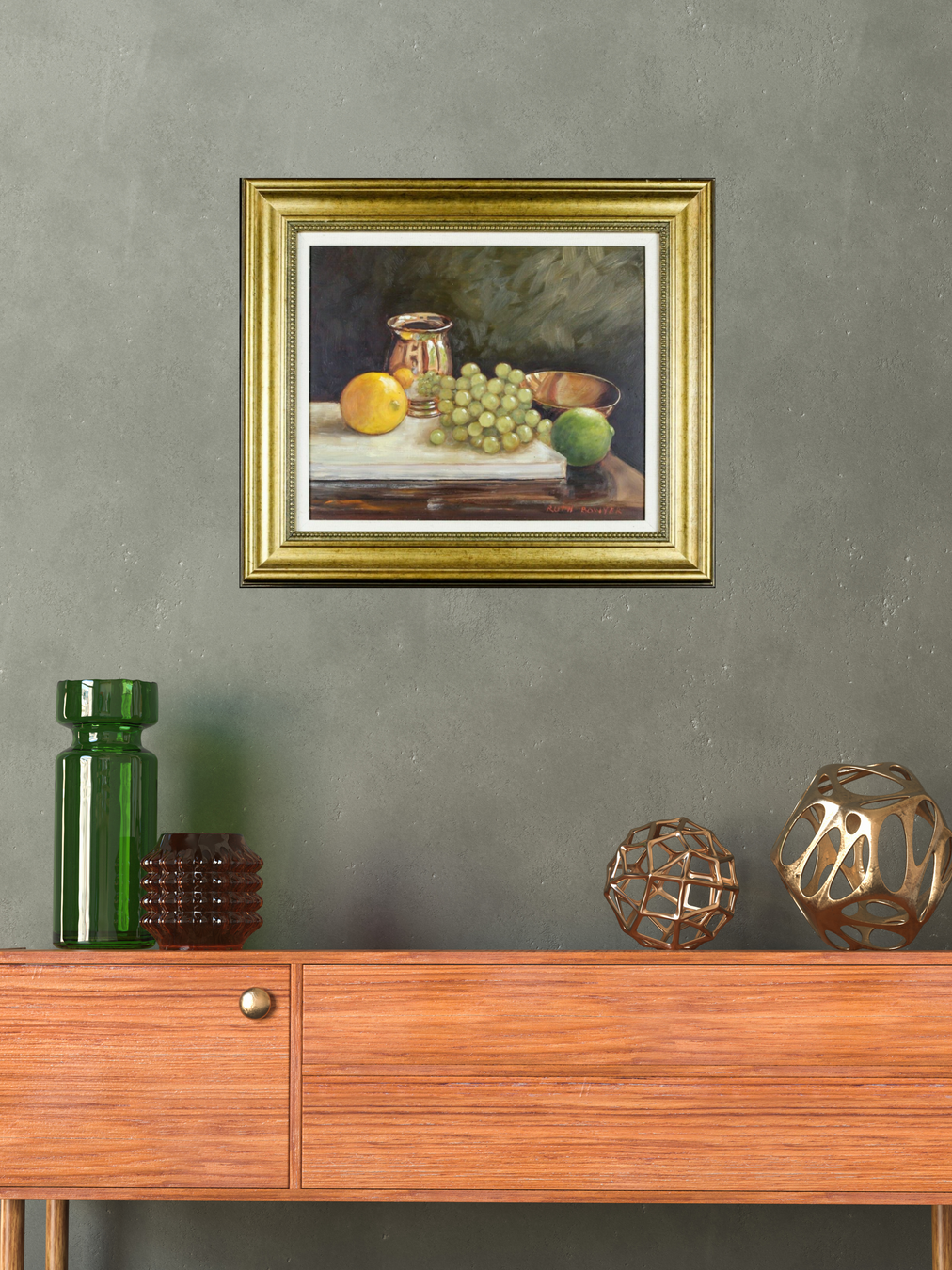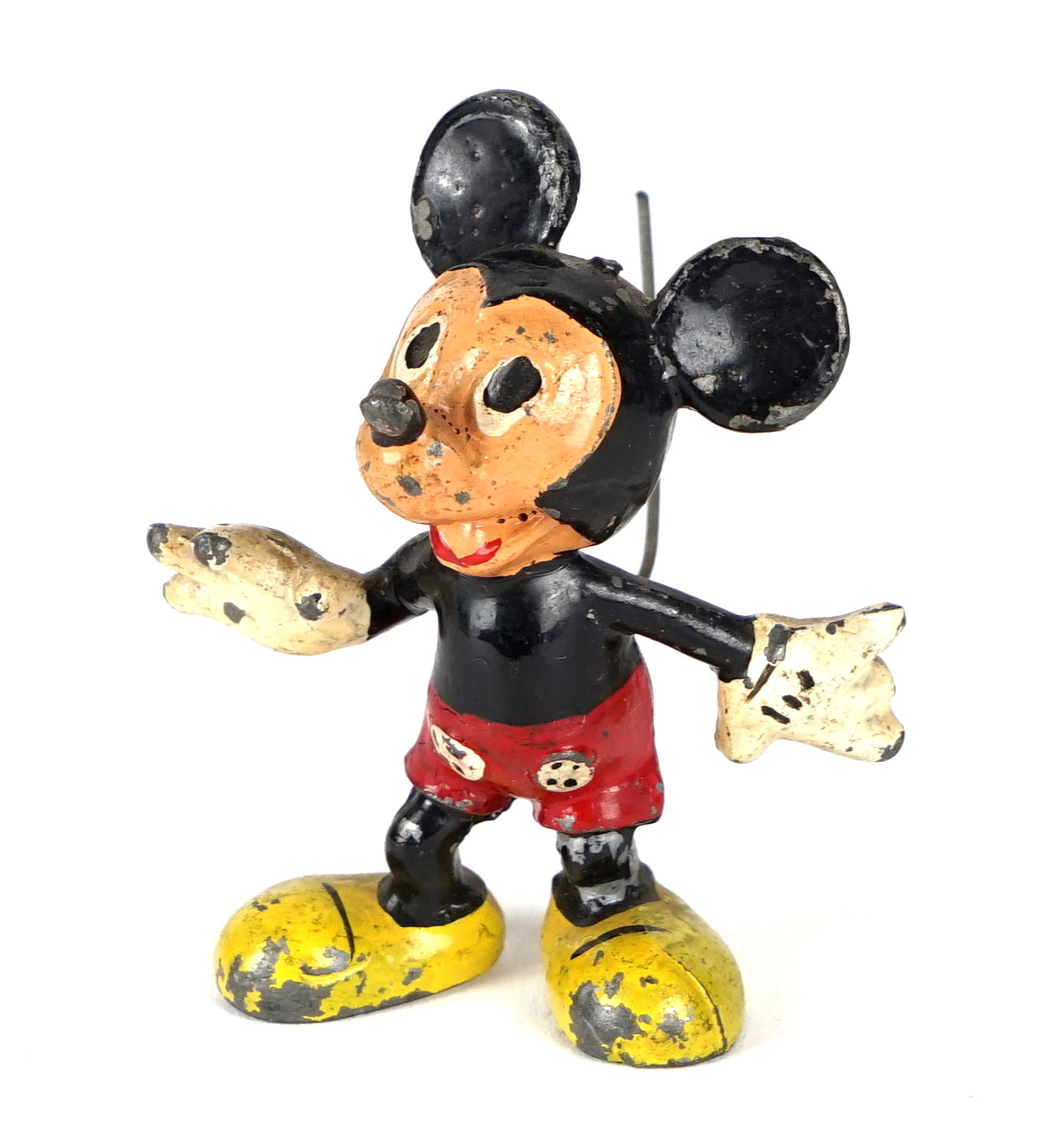Sell Your Collectables

Steiff Bears – The World of Steiff
The name Steiff has long been synonymous with luxury plush toys, and in the collectables world a button in the ear on an old teddy bear can immediately inflate its value far above the rest. Even the company’s modern range of stuffed animals can send people running to the store upon release, so it is worth looking more closely at how and why this toy manufacturer has built up the reputation it has for excellence. We will also highlight a few ways to identify and date a Steiff item when you chance across an older piece yourself.

Looking around the internet for information on Steiff bears, one immediately encounters page after page from fans and dealers re-telling the heart-warming birth of the company. It was begun by Margarete Steiff who was born into a middle-class family in Giengen, Germany in 1847. While still an infant she sadly contracted Polio, which left her with life-long physical disabilities including being unable to properly use her right arm due to the constant pain. Despite such setbacks both she and her family determined that she would still lead a productive life and as a young lady Margarete enrolled on a seamstress course before going on to work with her sisters part time at their clothes company.
The Beginnings
In 1874 Margarete branched out on her own setting up a small workshop in the family home where she made felt clothing and accessories which her brother sold at the local market. Since she had limited use of one arm, felt and smaller items were far more forgiving to work with. This was a really a one-person venture that kept her busy rather than made her rich, but the turning point came in 1879 when Margarete saw a pattern for a small fabric pin cushion shaped as an elephant in the magazine ‘Modenwelt’. Titled the ‘Elefantle’ this non-descript item would fundamentally alter her course and would become the first in a long line of adored Steiff creations. By 1888 Margarete had made over 5000 of these little stuffed elephants and had added new animals to her line as well. Her modest success allowed her to begin to employ a few workers of her own and in 1890 her venture was formally renamed ‘The Felt Toy Manufacturing Company’.

The next big turning point came in 1897 when Margarete’s nephew Richard joined the business. As a keen artist and animal lover Richard’s alluring stuffed animal designs would propel the company forward, and he would also earn credit as the inventor of the ‘Teddy Bear’. In 1902 after visiting his local zoo Richard designed a stuffed bear which would become the first in the world to have jointed arms and legs. After showing it at the Liepzig toy fair in 1903, an American businessman put in an initial order for 3000 and the Steiff empire took off. As the story goes when the bear reached the United States it was affectionately renamed the ‘Teddy Bear’ after serving US president Teddy Roosevelt. By 1907 nearly 1 million such ‘Teddy Bears’ has been produced by Steiff but in 1909 Margarete sadly died.
Capturing our Hearts
One thing that is common to many successful luxury brands is the heart-warming story which the humble founders lived to build their companies from nothing. Of course, a good story alone does not build an Empire and to survive and prosper every good company needs an edge. For Steiff that edge came via its ability to capture the spirit and essence of the animals it created in miniature. While it may seem a given that teddy bears should be cute, in reality it is an extremely difficult blend to achieve well. The exact length of the features, width and positioning of the eyes and many other key characteristics all have to balance delicately on a small stuffed piece of faux-fur. Children of course are masters at sensing emotion and spirit through a face and react accordingly, but sadly the vast majority of stuffed animals sold remain fluffy but otherwise lifeless. In contrast Steiff has always worked tirelessly to capture a unique spirit and personality in each of their creations which we as soul seeking humans are naturally drawn towards.

As well as getting the proportions and appeal of their animals just right, Steiff was also an early adopter of brand identifiers. Just as Louis Vuitton employed the iconic entwined LV monogram to their luggage back in the 1892, or Coca Cola designed its unique contoured glass bottles in 1915, so Steiff importantly decided to add a metal identifying button to the ear of each of its products in 1904 to set it apart from its competitors. They also began applying cardboard tags as well, but since this gets in the way and is removed by most people using the item, the discreet ear tag remains the best identifier for Steiff. If there is one thing that collectors like more than anything it is to be able to attribute their items correctly and as someone who has handled many toys and teddy bears it is often frustrating that no-one will ever know who made it. With Steiff that certainty is thankfully more assured than most.
Dating and Valuing your Steiff
Like all good collecting fields Steiff collectors have ardent followers who mentally weigh up the rarity and condition before handing over their money. While Steiff is best known for their extensive range of stuffed teddy bears and animals, it must be remembered that over the years they have also produced other more general toys as well. These include items such as gyroscopes, skittles, ride on toys, felt human figures and even branded characters such as Mickey Mouse or Felix the Cat. Although these are not what the company are best known for, that scarcity alone can translate into high values such as nearly £4000 for a gyroscope, £5000 for a Mickey Mouse figure or nearly £15000 for a Steiff School Model.

Of course, it is the stuffed animals which draw the most collectors, although because of the quantities produced this means they are not always the most valuable. Since the company falls into several distinct periods that is often the best way to assess and value them as well. The first period (inception to 1920s) is naturally the oldest and most desirable and since the Steiff button was not included until 1904 dating items prior to this can be quite an art. With Richard Steiff’s first ‘Teddy Bear’ then that was jointed initially using string of which none yet have been found to survive. As string is not so durable, they tried using metal rods afterwards, but by 1905 finally moved to a system of cardboard discs which is still used today by Steiff. These discs can be physically felt around the joints and are a good indicator that it may have been made by the company. For collectors there are also other tell-tale signs of age such as the use of Excelsior (which is a wood wool stuffing and crunchy when squeezed) that was used on the heads of all early Steiff with the softer Kapok used for stuffing the bodies.
Of vital importance to the soft toy industry was the commercial role out of mohair in 1903 which Steiff would use for the bodies of their bears. Blond mohair was by far the most common colour used by Steiff, but they did release some in dark brown, and even less in White, Cinnamon or Apricot colours. Therefore, the colour of the bear does translate into rarity and value. Looking at the face the first eyes were merely black wood but by the mid 19-teens these were swapped to black and brown glass. And if you find an early Steiff with a seam down the middle of its face then count yourself lucky as to maximise the amount of the expensive fabric used, every 7th Bear would have the two left over bits of fabrics sewn together.
When looking at the metal ear button then the earliest from 1904-5 had a little elephant on it. It was then left blank from 1905-6, and was replaced with the word Steiff (with a long ‘f’) until the early 1930s. This was further modified to a short ‘f’ during the 30s and the letters were subsequently joined up some years later again. If the cardboard tag still exists then really it is the colour of these which the collector needs to learn. White was used until 1926, red until 1934, and then yellow from 1935 until today.

There are of course many other attributes that are used to date Steiff items from all periods and so many variations of design that suggesting values here would be a fruitless task. Suffice to say if you have a Steiff bear or animal then doing your homework on what you have and keeping it in good condition with its tags is of crucial importance. In 2017 a large Steiff Teddy Bear Clown made an eye watering $32,000 at auction before fees. It was naturally among the most collectable and desirable Steiff item that could be found, but for any collector to be willing to spend this much on a single stuffed bear requires a whole pyramid of Steiff products and increasing values to make it seem like a sensible price to pay!
Buying Steiff Bears
Browse our entire collection of Steiff bears here. If you can’t find what you’re looking for, you can subscribe to our Item Alert feature for future product notifications, or use our Find For You service and we’ll search on your behalf.
Selling Steiff Bears
With only a few clicks it is now easier than ever to request a free quotation. We would be delighted to answer any questions you may have about selling a single teddy or entire collection. Please feel free to Contact Us.




